- Home
- Military & Defense
- 73 years ago, one of Europe's most beautiful cities was obliterated in an Allied firestorm - here are 17 photos of the bombing of Dresden
73 years ago, one of Europe's most beautiful cities was obliterated in an Allied firestorm - here are 17 photos of the bombing of Dresden
Dresden was a cultural and architectural gem in the 19th and early 20th centuries. The city is located on the river Elbe and the Dresden Frauenkirche, a Lutheran church, and the Katholische Hofkirche, the city's Roman Catholic Cathedral, can be seen clearly below.

The interior of the city was just as stunning. Dresden, known as "the Florence of the Elbe" before the war because of its architecture and museums, had little involvement in the German war effort.
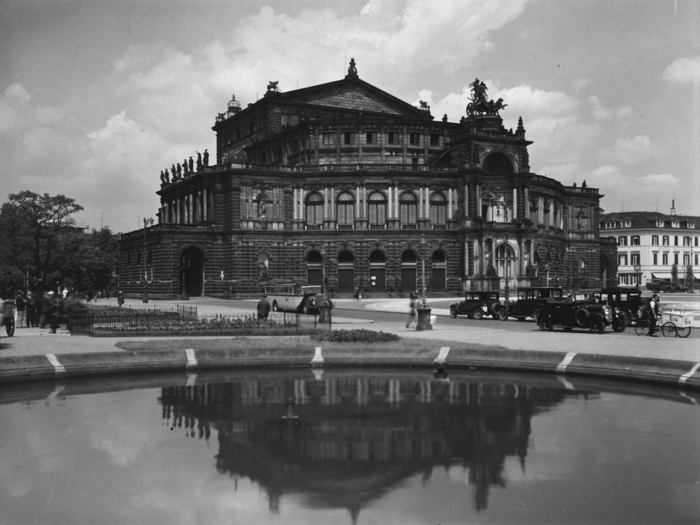
After nearly six years of brutal war, Nazi Germany was staggering in February 1945. In the east, Soviet armies had reached the Oder River, roughly 50 miles from Berlin. In the west, the US had recently triumphed in the Battle of the Bulge, erasing the salient created by Hitler's last-ditch attempt at a breakout in the Ardennes forest. The Nazi Luftwaffe was a shell of itself, able to to little to contest Allied control of the air over Europe.
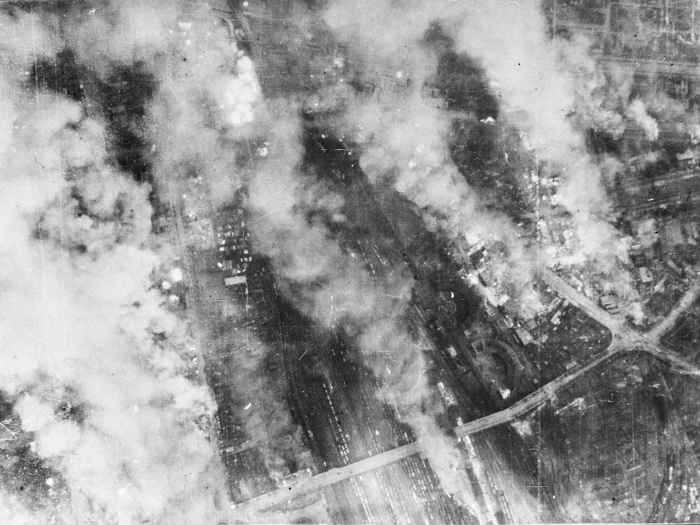
Source: History.com, Business Insider
During the first days of February, Churchill, Roosevelt, and Soviet Premier Josef Stalin met in Yalta, in what was then the USSR. Their focus was dividing up German territory, but the Western leaders did promise Stalin that their air forces would continue bombing eastern Germany to aid advancing Soviet forces.
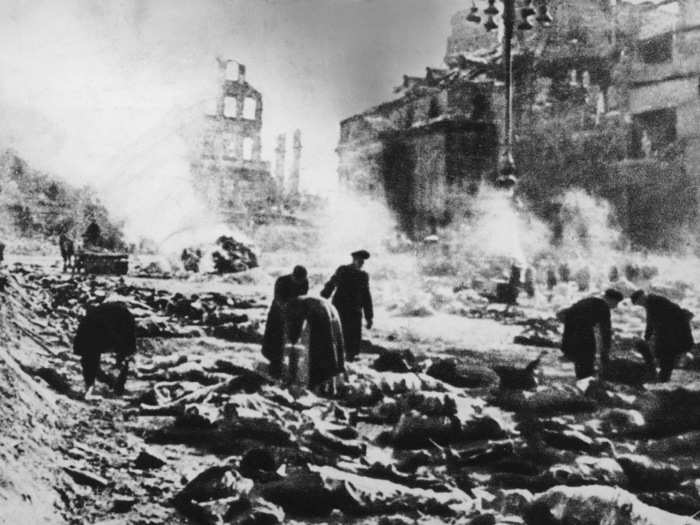
Source: History.com
Allied "area bombing" targeted all Germany industry, civilian and military alike. Civilian areas of cities were targeted as well as industrial and military ones.
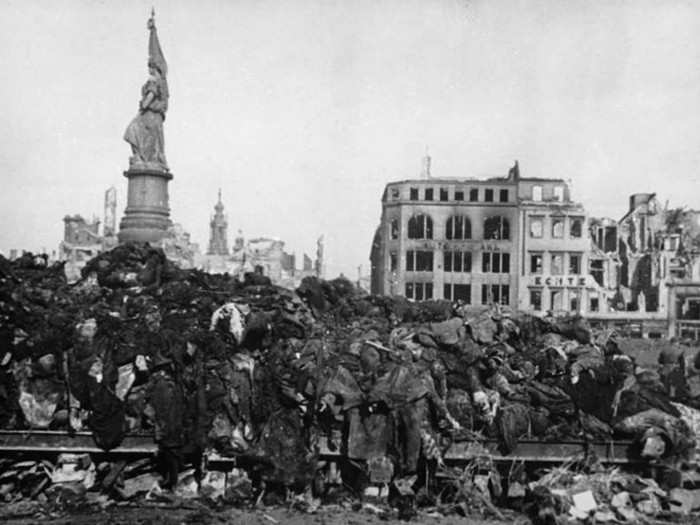
Source: History.com
The German military contingent there was minimal, as most of the Nazi's remaining forces were devoted to the defense of Berlin, farther north. Many refugees fleeing the Soviet advance had also settled in Dresden.
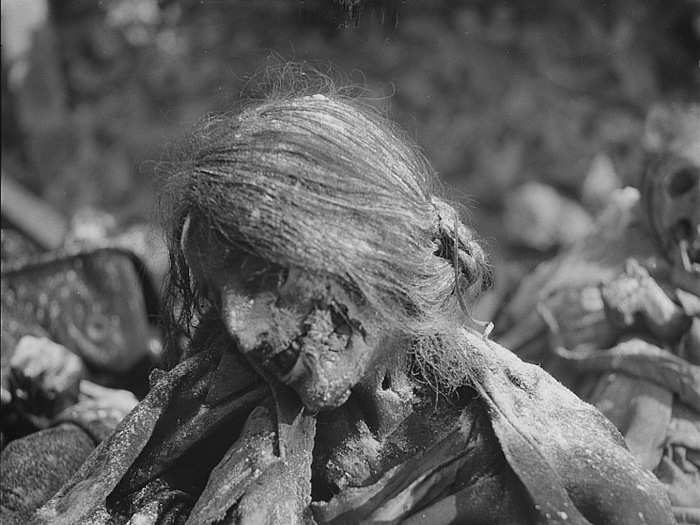
Source: History.com
Dresden's defenders put up little fight as the bombing began on the night of February 13. Of the hundreds of British bombers that swarmed over the city, just six Lancaster bombers were downed. By the morning of February 14, some 800 RAF bombers had dropped over 2,500 tons of high-explosive and incendiary bombs.
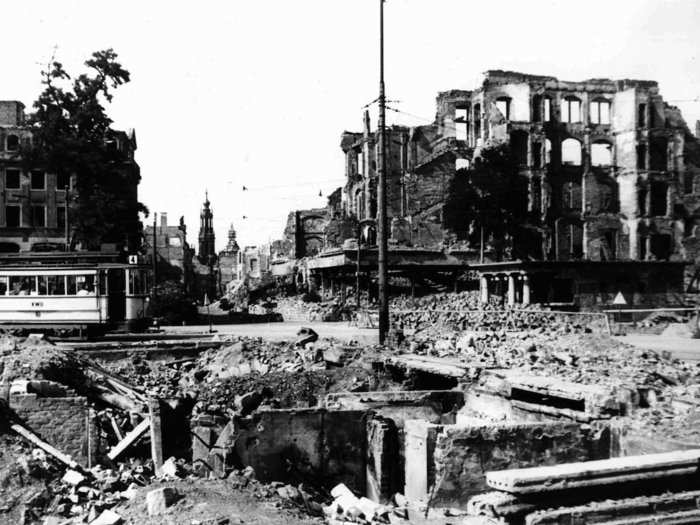
Source: History.com
Survivors of the first wave of attacks emerged from the city's ruins on February 14, to be greeted by hundreds of US bombers targeting the city's railways, bridges, and transportation infrastructure. The next day, more US bombers continued the attack on the city.
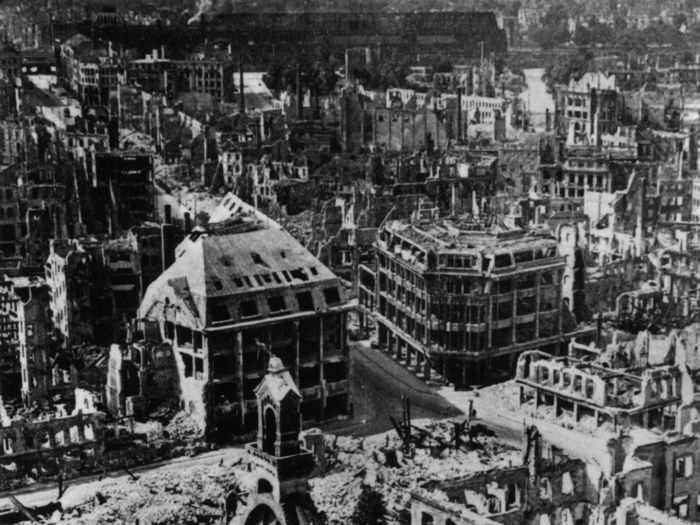
Source: History.com
The US Eighth Air Force dropped more than 1,200 tons of off bombs, the majority of it high-explosives. Before the war in Europe ended with Germany's surrender in May, the Eighth Air Force would carry out three more raids on Dresden, dropping another 2,800 tons of bombs.
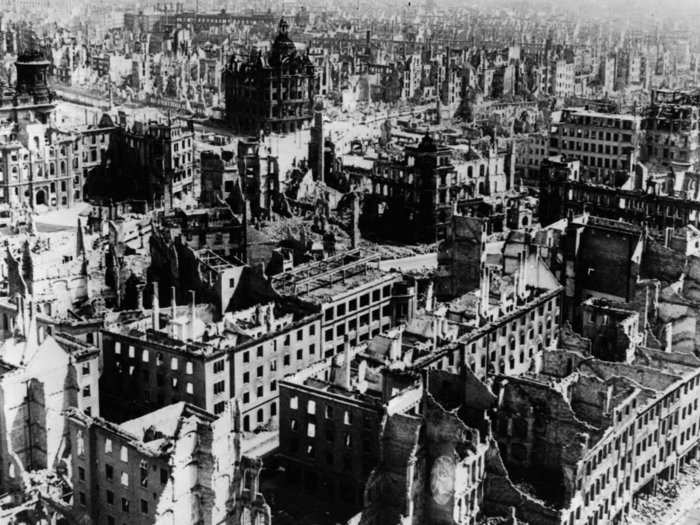
Source: History.com
Allied forces and other have argued the bombing was necessary to disrupt German communications and supply lines that could have hindered the Soviet advance. While the British did not tout their targeting of civilian infrastructure, some acknowledged it. "For a long time, the government, for excellent reasons, has preferred the world to think that we still held some scruples and attacked only what the humanitarians are pleased to call Military Targets," the head of Britain's bomber command said in November 1941. "I can assure you, gentlemen, that we tolerate no scruples."
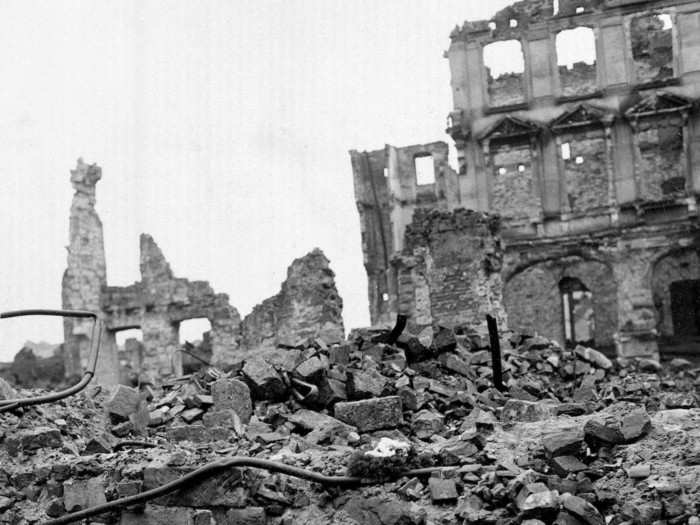
Source: History.com, The Telegraph
The legitimacy of the attack on the city continues to draw questions, in light of the scale of the destruction and nature of the targets. It has been condemned as a war crime by many, including Allied prisoners of war who were there.
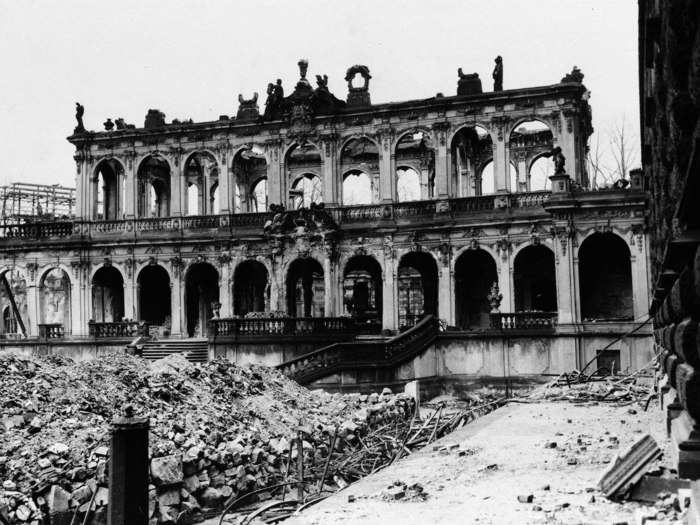
Source: The Atlantic, The Guardian
"As the incendiaries fell, the phosphorus clung to the bodies of those below, turning them into human torches. The screaming of those who were being burned alive was added to the cries of those not yet hit. There was no need for flares to lead the second wave of bombers to their target, as the whole city had become a gigantic torch," Victor Gregg, a British paratrooper held in the city during the bombing, said 68 years later. "Dresden had no defences, no anti-aircraft guns, no searchlights, nothing."
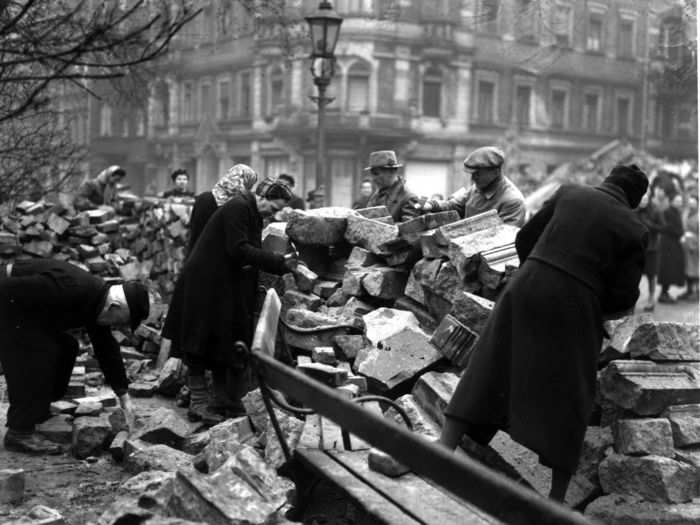
Gregg was captured at Arnhem in the Netherlands in 1944. He was sent near Dresden to work in a factory, which he was caught trying to sabotage. He was sent to Dresden to be executed on the day the bombing began.
Source: The Guardian
After the war, various estimates of the death toll in Dresden were often influenced by the political motivations of the assessors. An official German report issued in 2010 put the tally at 25,000 lives. For decades afterward, the East German government refused to rebuild the Frauenkirche church, a dominant and historic feature of the city. It stood untouched and in ruins as a symbol and memorial for those killed. It was finally reconstructed after the fall of the Berlin Wall.
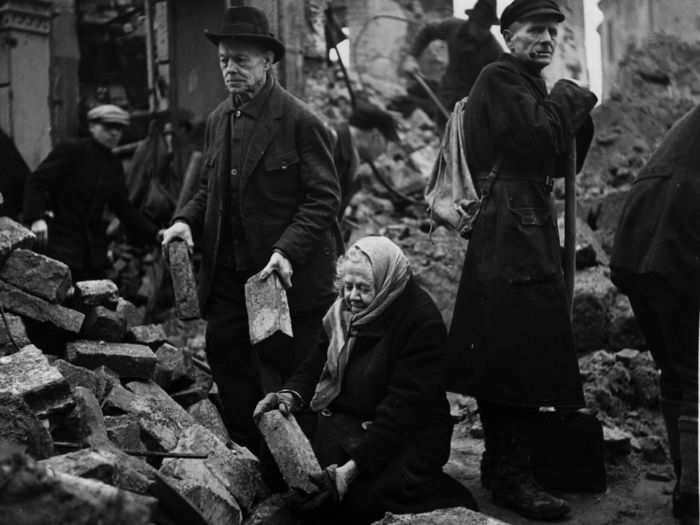
Source: The Washington Post, The Telegraph
The bombing and the war have had lasting effects on the city, which is now more than eight centuries old. In years past, neo-Nazis have marched there on February 13 to mark the bombing. At times they have been met by a human wall of counterprotestors, who've blocked the neo-Nazis from reaching the city center.
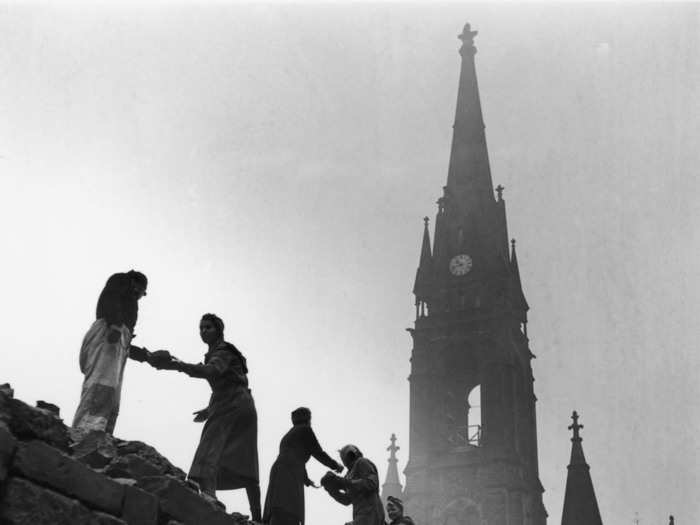
Source: The Washington Post
"Witnesses who witnessed the inferno, still carry memories to places and people they never met again," German President Joachim Gauck said on the 70th anniversary of the bombing. "We know who started the murderous war. And that's why we want and will never forget the victims of German warfare when we recall here and now the German victims."
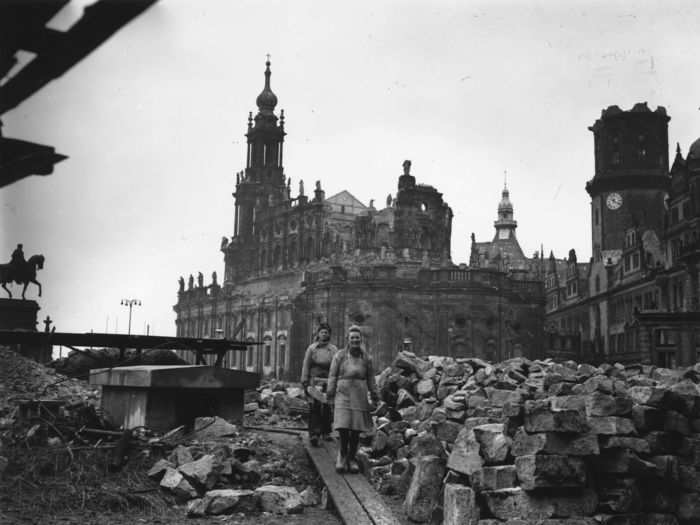
Source: The Huffington Post
"I really did go back to Dresden with Guggenheim money (God love it) in 1967. It looked a lot like Dayton, Ohio, more open spaces than Dayton has," Kurt Vonnegut, a prisoner of war in the city, wrote in his novel "Slaughterhouse-Five," which depicted the bombing. "There must be tons of human bone meal in the ground."
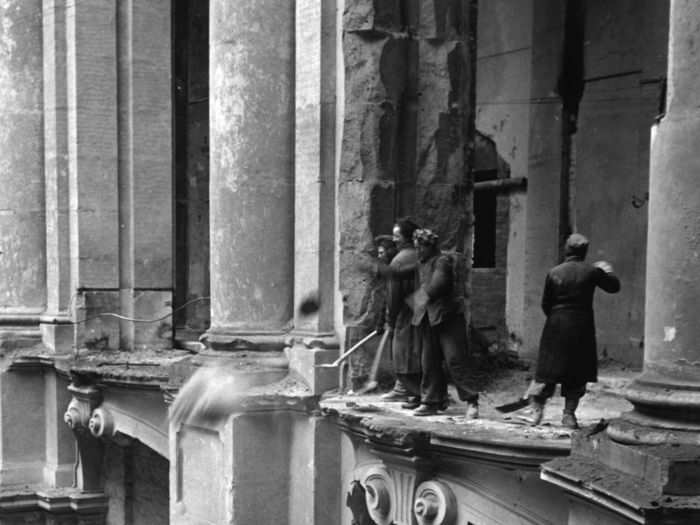
Source: "Slaughterhouse-Five"
A combination photo shows the statue of German religious reformer Martin Luther in front of the ruins of the Frauenkirche, or Church of Our Lady, in Dresden, Germany, in March 13, 1967, left, and a similar view of the statue in front of the restored building on February 9, 2005, right.
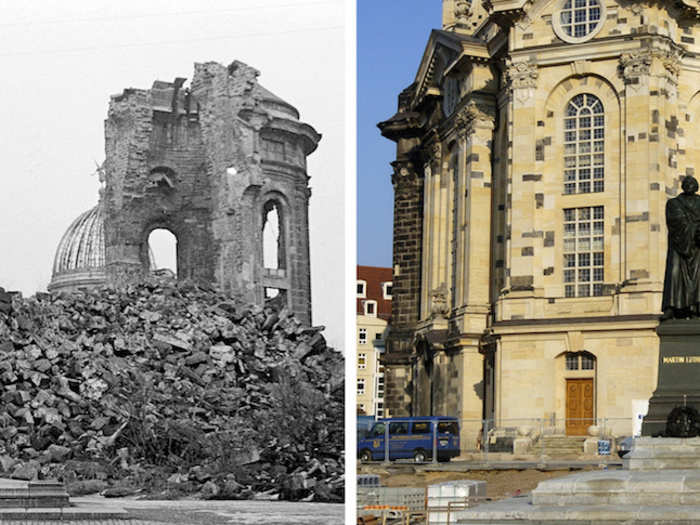
A combination photo shows August Schreitmueller's sandstone sculpture "The Goodness" from the Rathausturm, or town-hall tower, overlooking Dresden in 1945, left, and on February 12, 2015, overlooking a parking lot.
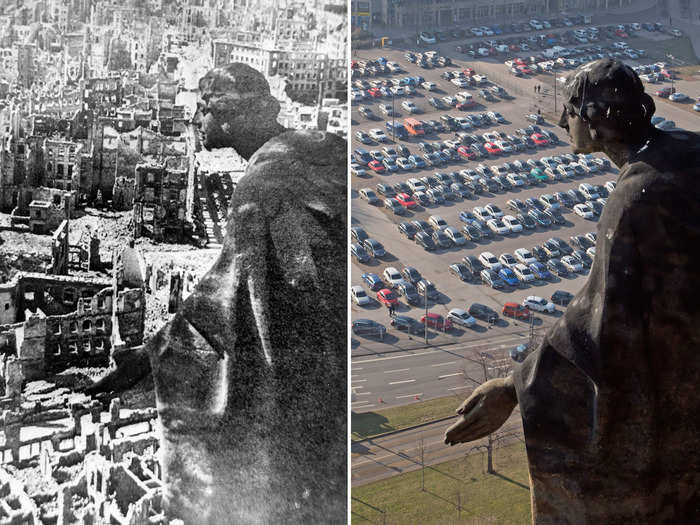
Popular Right Now
Popular Keywords
Advertisement